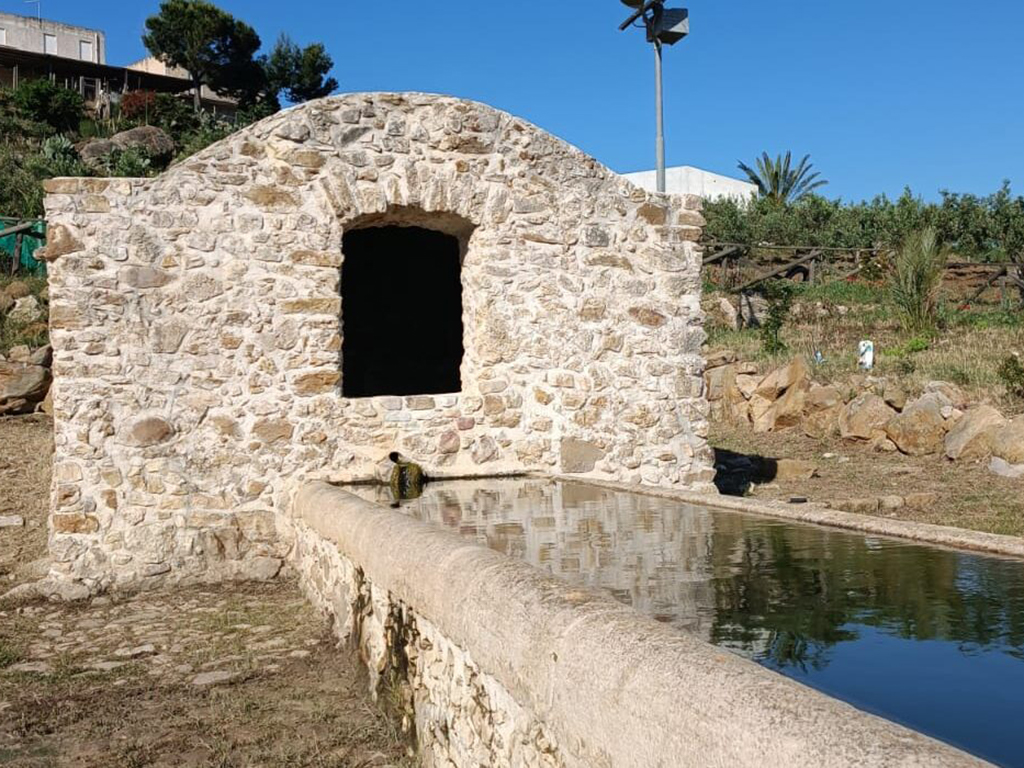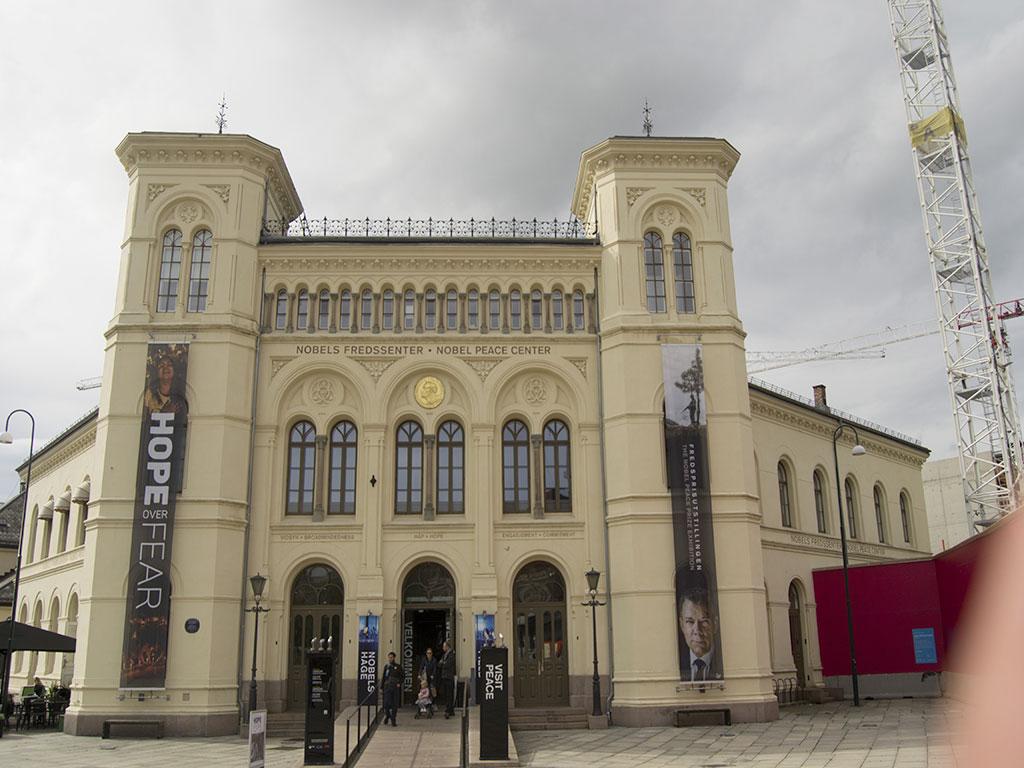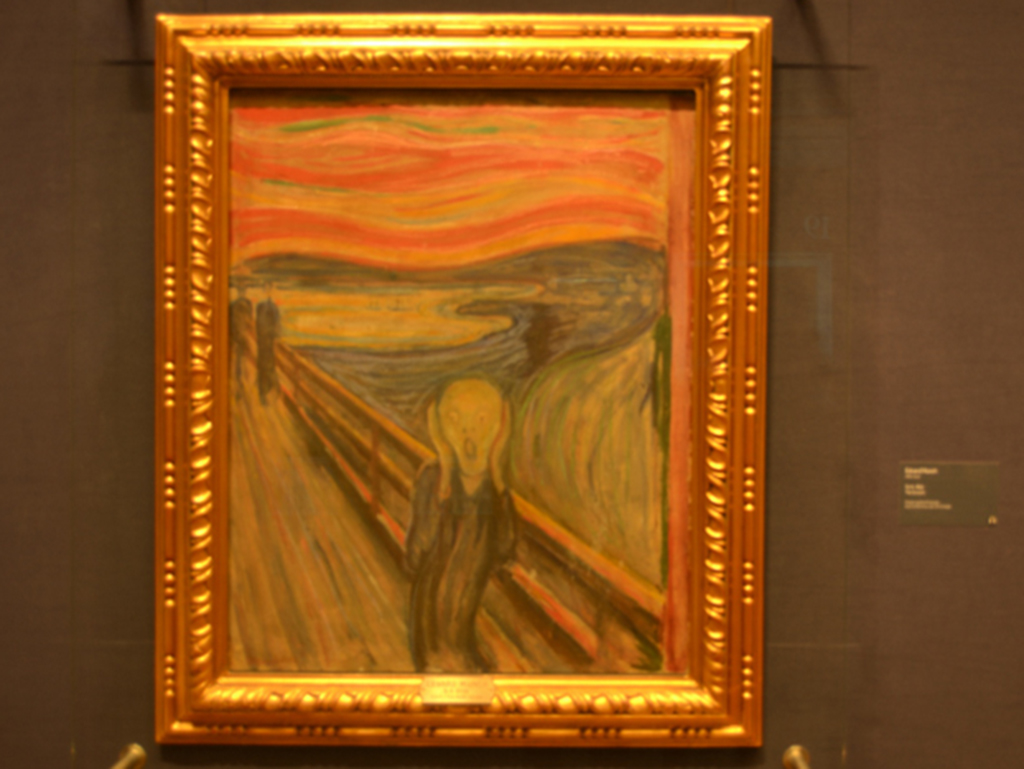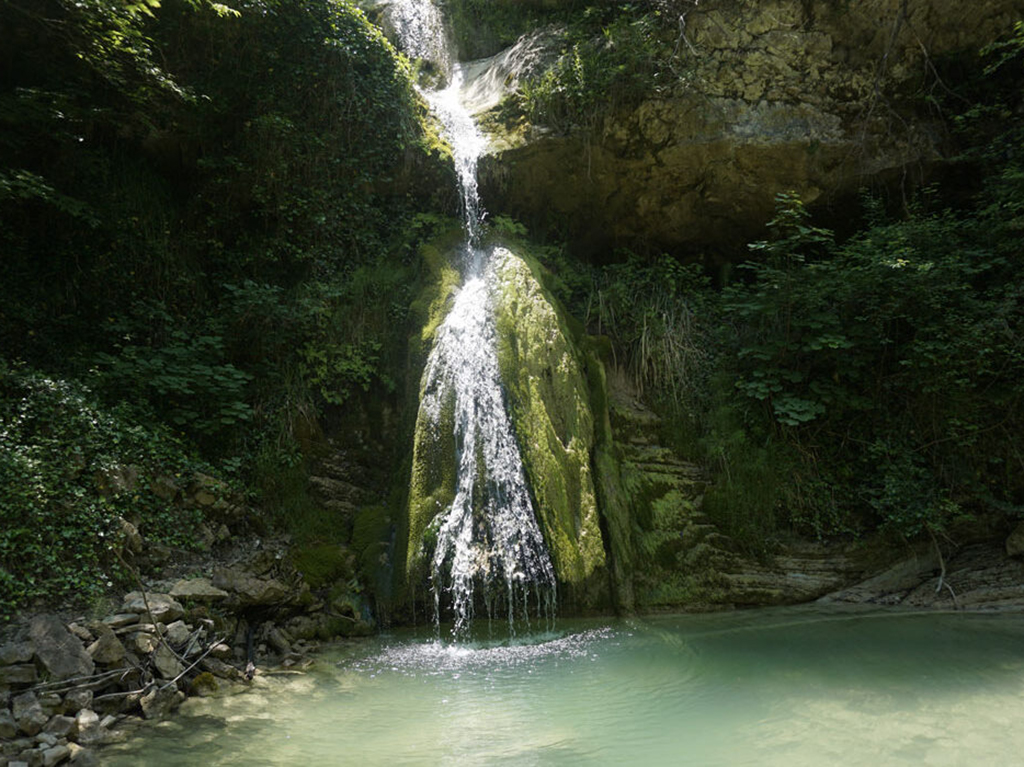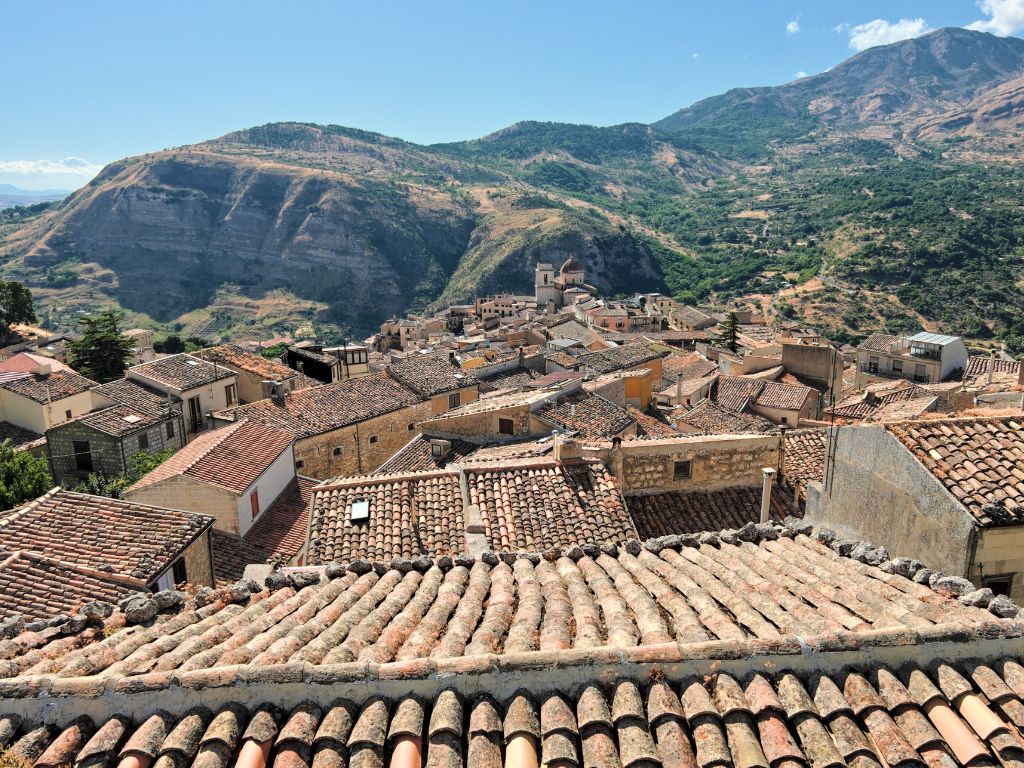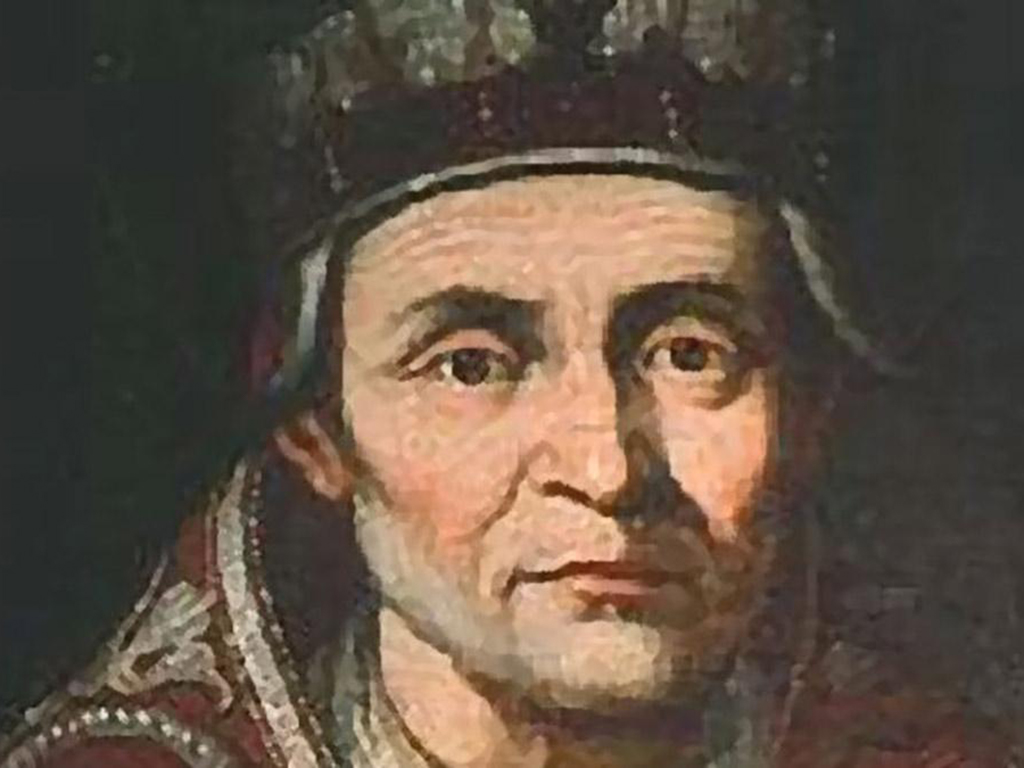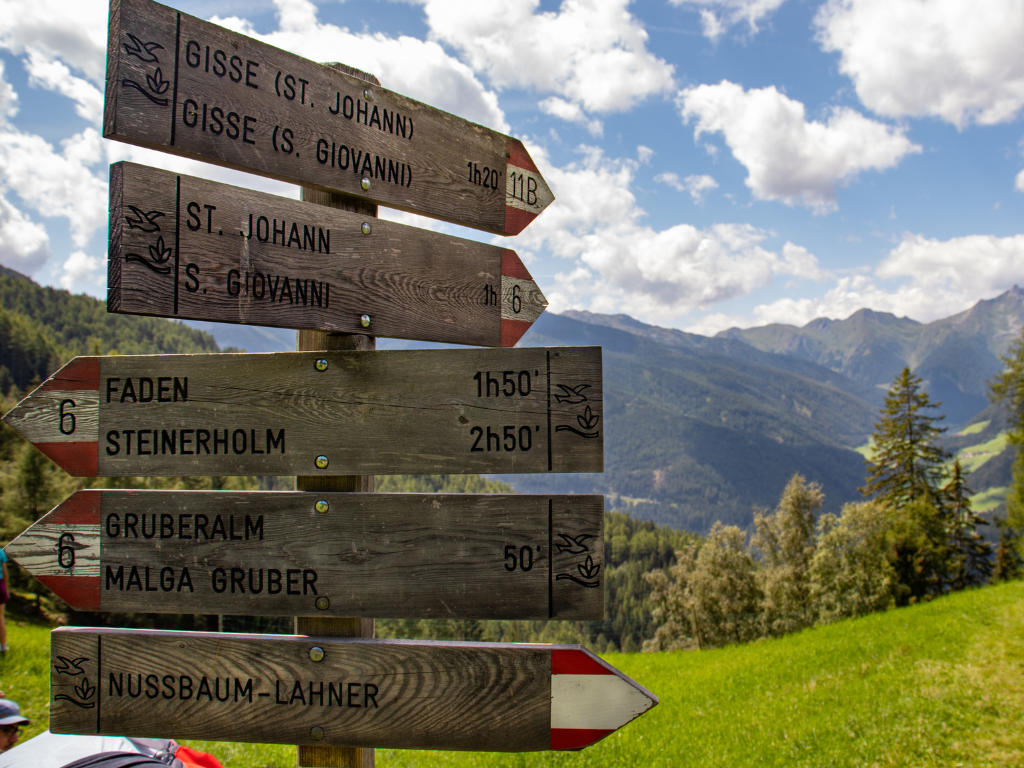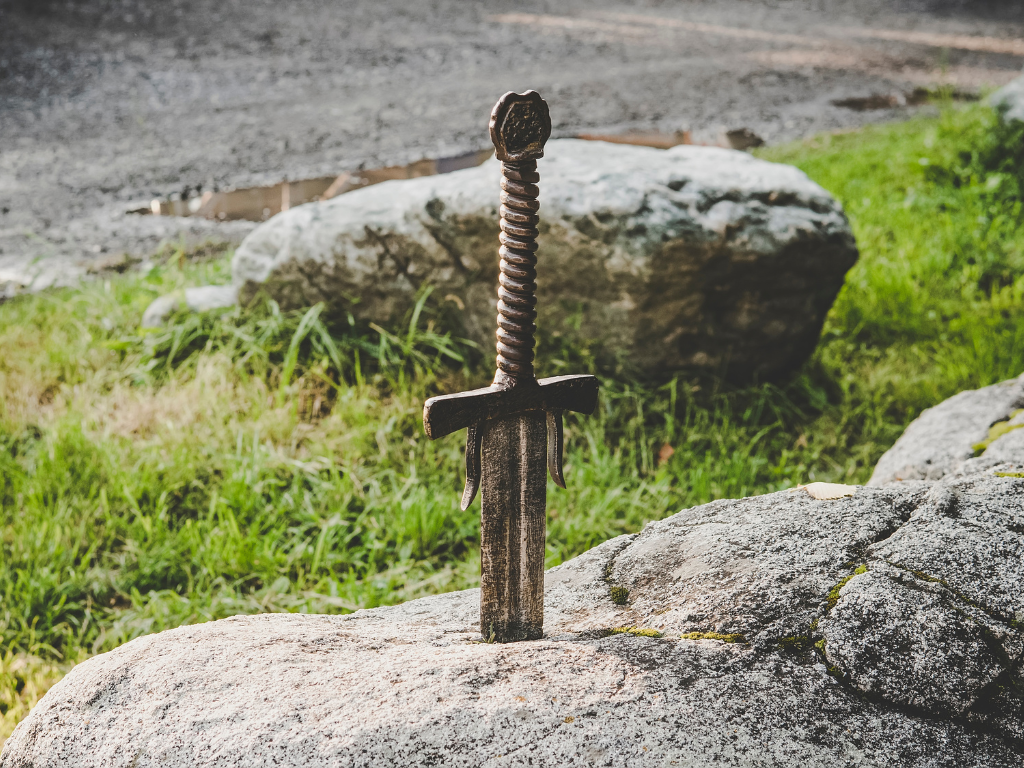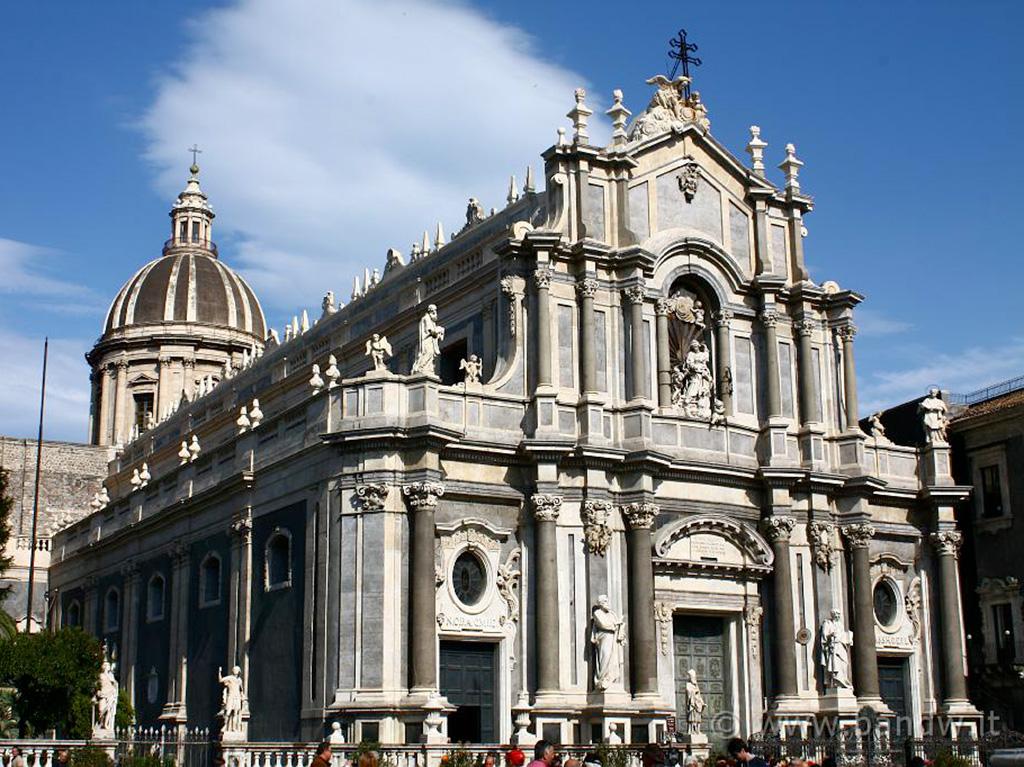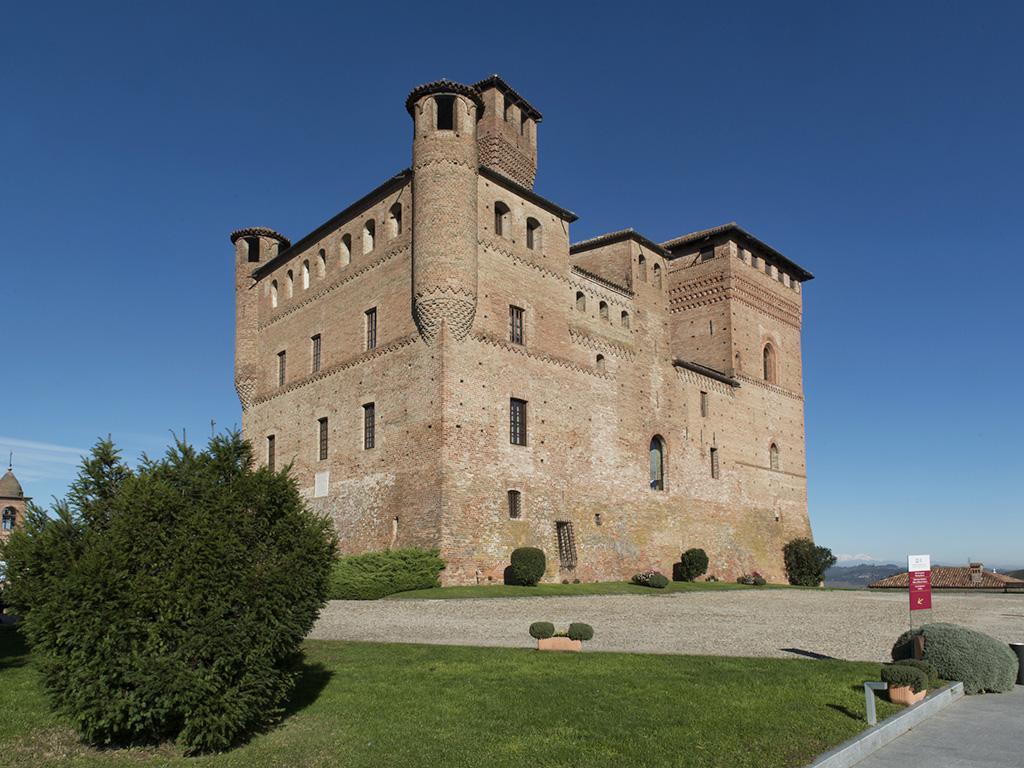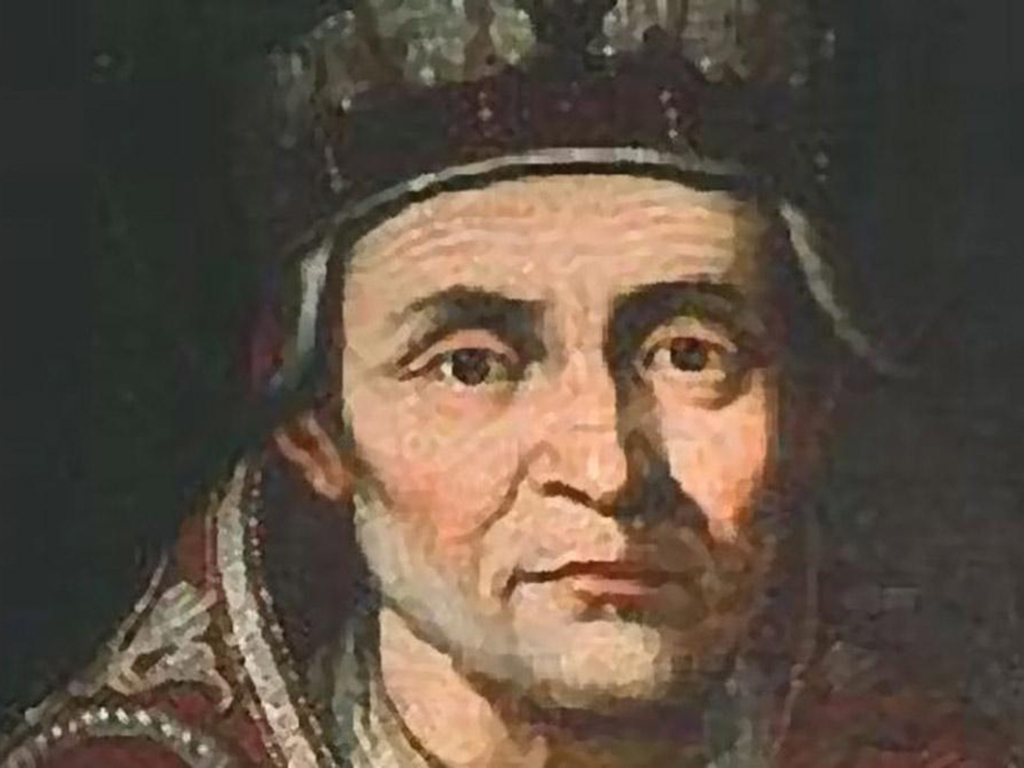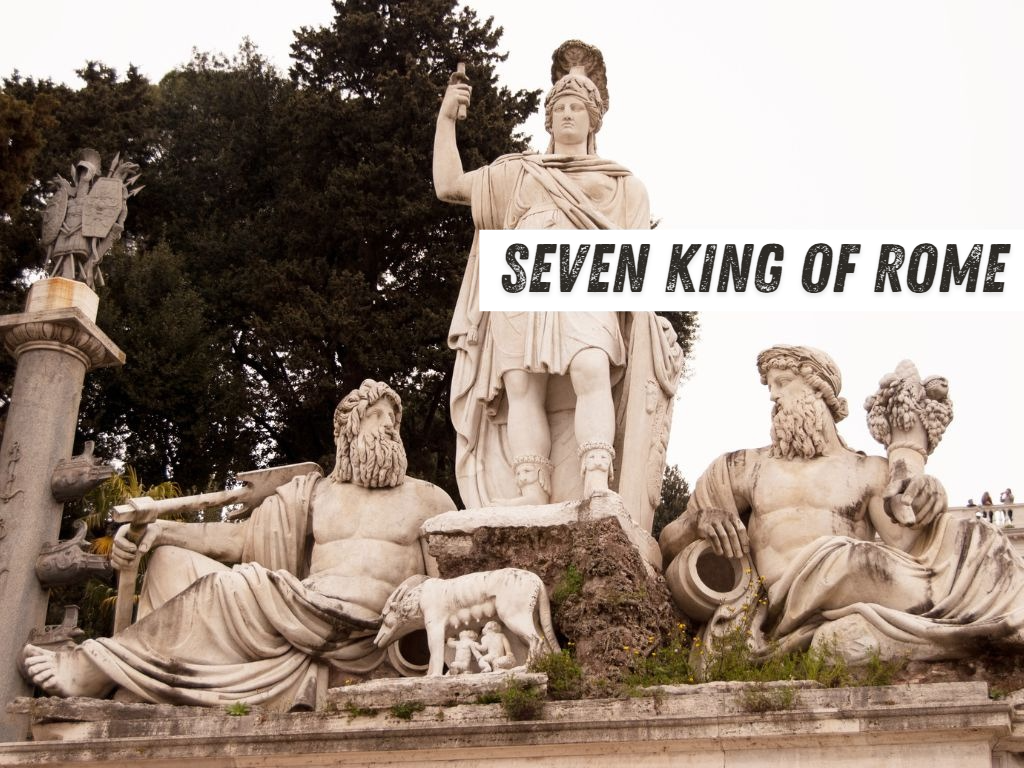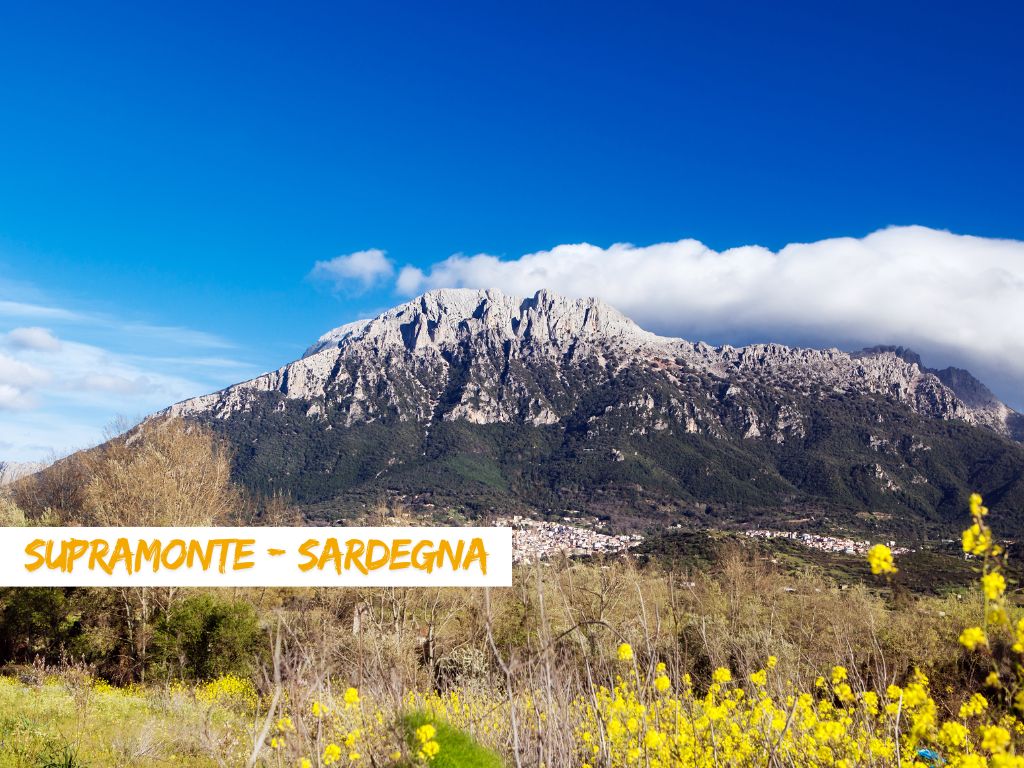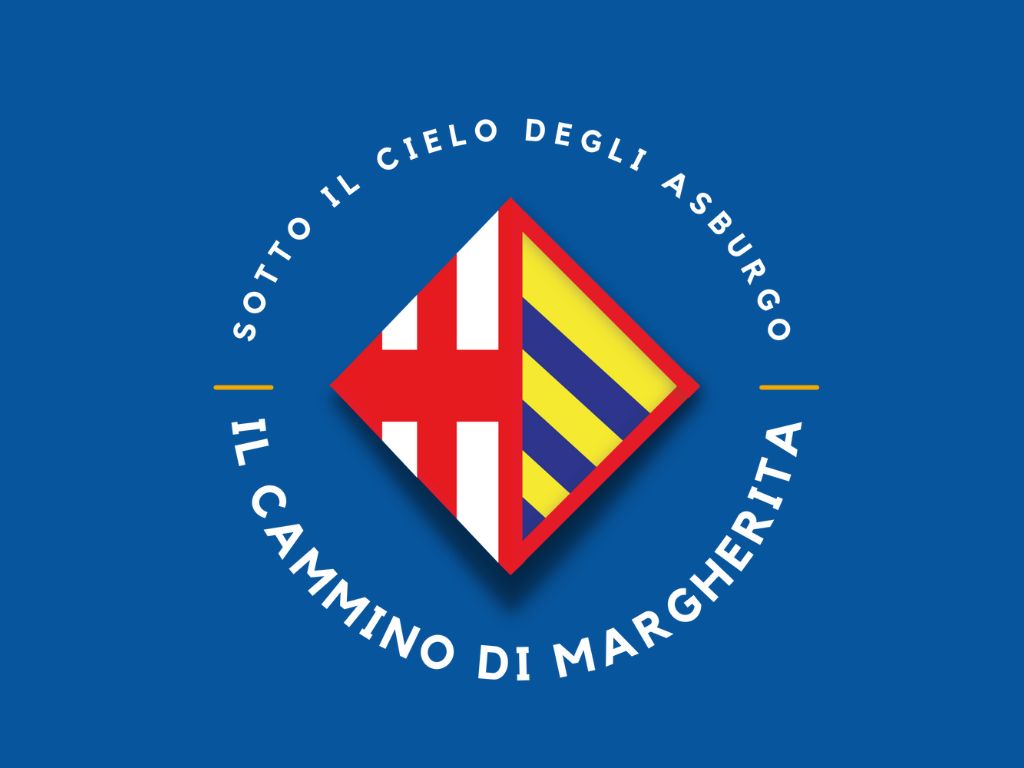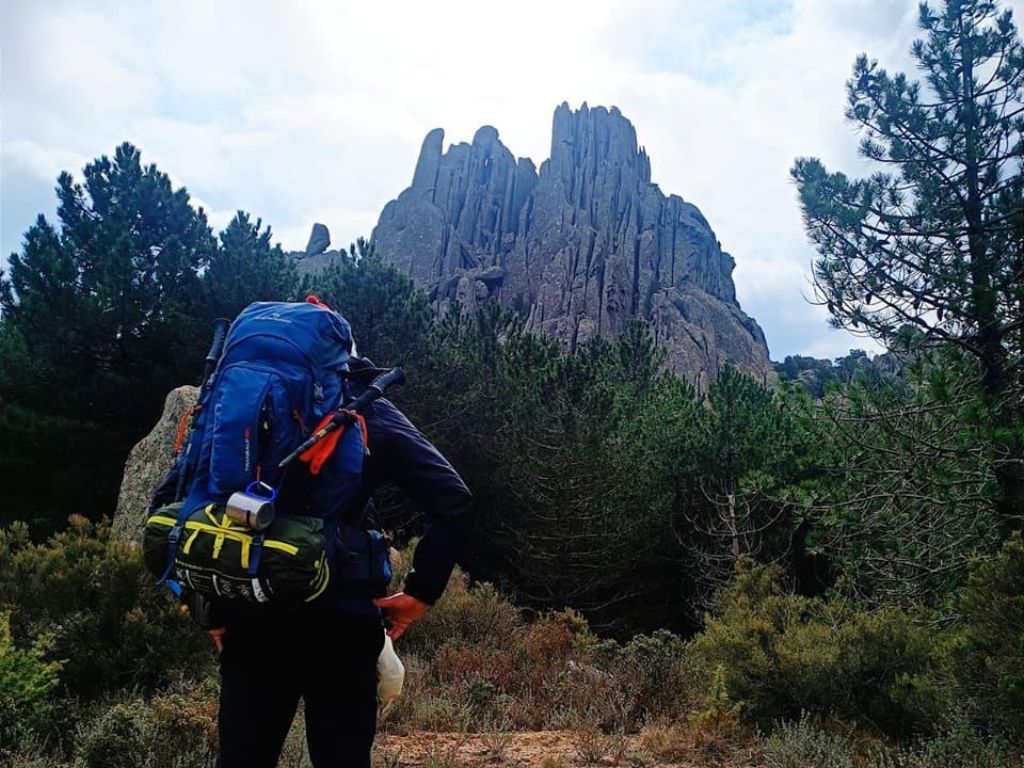Celebrate the history and culture of Ciminna in the charming Territorial Diffused Museum. Discover artworks and objects that narrate the medieval roots of the building, originally a pilgrims' hospital in the 16th century. Explore the transformation of the space over time, evolving into a minor surgery clinic in 1905, and immerse yourself in the cultural heritage of this community. A journey through the art and history of Ciminna awaits you.
Discover the Territorial Museum of Ciminna in Sicily
Introduction
The Territorial Diffused Museum is located within the Municipality of Ciminna. The structure housing the artworks dates back to the 16th century and was commissioned by the Lords of Ciminna, Paolo and Giovanna Ventimiglia. The purpose of this hospital was to welcome passing pilgrims in the territory of Ciminna. Thanks to the donations of the wealthy residents of the town, in 1905, the former hospital expanded, becoming a low-surgery outpatient clinic for the poor and needy.
Afterwards, the premises were abandoned and later reacquired by the Municipality. Thanks to the funding provided by the European Community, they were transformed into a museum complex. Through a joint collaboration between the Municipality of Ciminna, the Superintendence of Cultural Heritage of Palermo, and the Cultural Association Genesis, which specializes in the restoration, recovery, and enhancement of archaeological artifacts, four sections were set up:
- Demo-Ethno-Anthropological Section: This section showcases objects related to the activities of the Ciminna community and ancient trades, including blacksmithing, shoemaking, carpentry, shepherding, and farming.
- Artistic Heritage Section: This section displays artworks belonging to the municipality of Ciminna, including pieces from churches dating back to the 16th century that are now disused or destroyed. Notably, there are 13 wooden statuettes depicting the Pentecost, as well as a 16th-century Madonna and Crucifix belonging to the Santo Spirito Hospital.
- Archaeological Heritage Section: This section features artifacts from excavations and surface surveys conducted between 2001 and 2005 by Birkbeck College, University of London (UK), and later by the School of Specialization in Archaeology of Matera, University of Basilicata. This collaboration, in conjunction with the Superintendence of Palermo, took place at the archaeological site of Pizzo di Ciminna, a hill located along the S. Leonardo river valley. The site represents an Hellenized indigenous center dating from the 7th century BC to the mid-3rd century BC.
- Municipal Historical Archive: This archive mainly contains documents from the Santo Spirito Hospital, which is an abundant and invaluable source of information that unequivocally reveals the fundamental role this institution played within the Ciminna community.
Impressions
The entrance to the museum is located in the central area of the town, well-maintained, and immediately recognizable through a stone placed at the entrance that confirms its identity. Visitors ascend a staircase to the upper floor where the artworks are exhibited. Immediately noticeable is a church within, impeccably preserved. Wooden statues of the apostles gaze in a single direction: towards the center of the room. According to studies conducted by local archaeologists, this is where the dove (which symbolizes "purity" in Christian symbology) was positioned. Well-preserved above the lateral shelves. A beautiful work by Melchiorre di Bella, dated 1768, adorns the central wall.
The second room houses paintings, some of significant importance. Particularly noteworthy is the canvas by Fra Fedele da San Biagio Platani titled "Apparition of Jesus to Saint Bernard of Corleone," presumably dating to 1755 (exact dating is not certain).
The Ivory Nativity Scene is another masterpiece. Created by the Ciminna Capuchin Convent, it is typical of Trapani craftsmanship. The Tipa Brothers, Andrea and Alberto, are renowned for their work in Trapani coral and subsequently, due to a shortage of primary material, ivory.
The remaining rooms are dedicated to religious vestments and a beautiful sculpture of Saint Mercurius, the Holy Soldier.
The ground floor area is dedicated to the "Serre di Ciminna" Oriented Nature Reserve, which covers an area of 310 hectares, and the historical archive.
The Ciminna Territorial Dispersed Museum aims to be a structure with enormous potential, both ethnographically and archaeologically, thanks to the experience and professionalism of people like Liliana from the Cultural Association Genesis. We are curious to return and see new things, new ideas, and increasingly active workshops. In conclusion, we hope to see this museum "alive" and to raise awareness within the Ciminna administration about the historical treasure it holds. History is us; the past is what we are. Let's not forget it. People want to know, learn, and discover. You have the people, you have the expertise, what's missing?"






